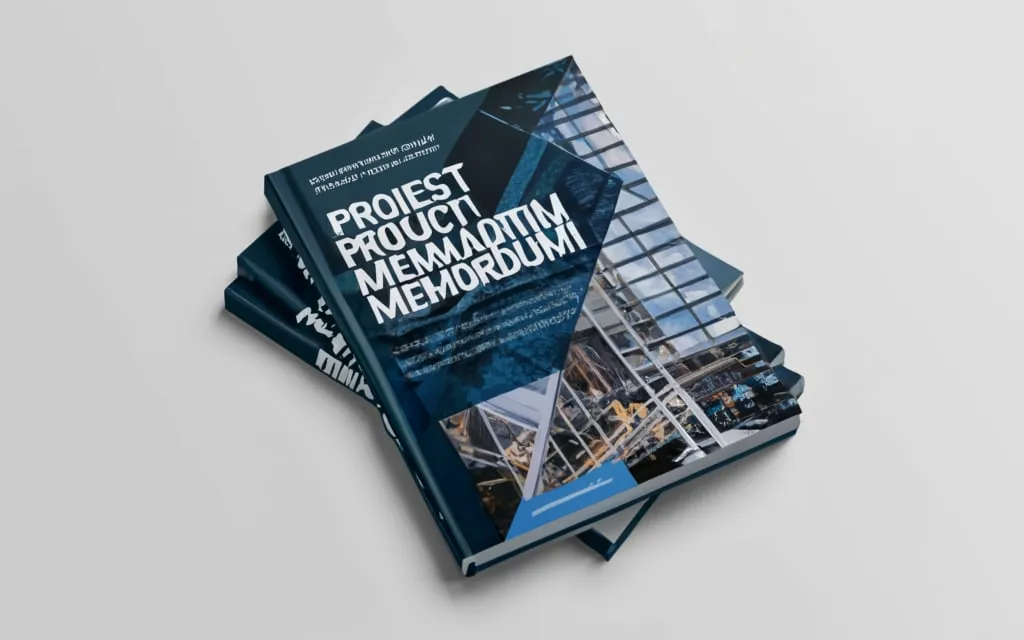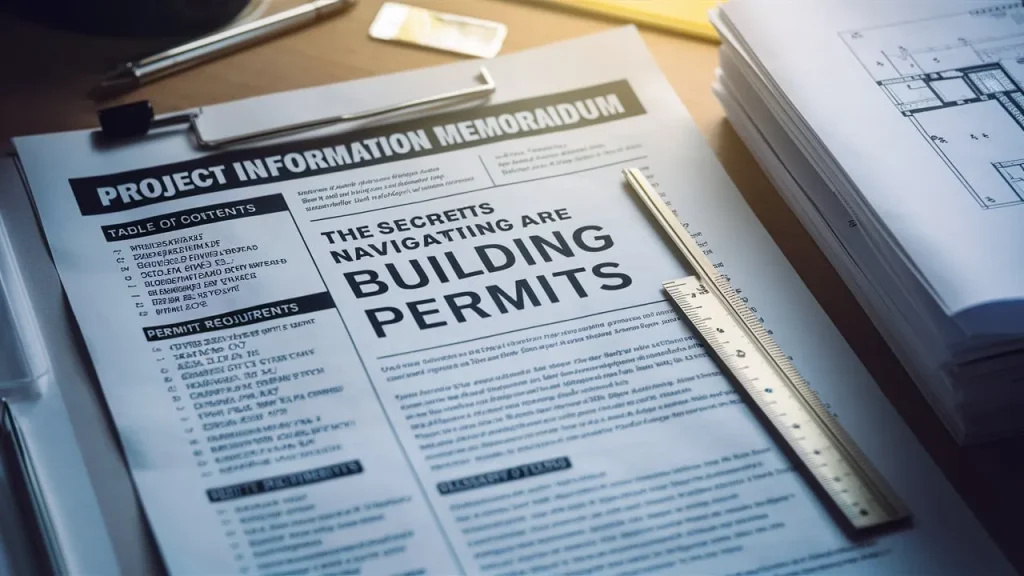Table of Contents
Project Information Memorandum, or PIMs, are often overlooked, but they hold the key to unlocking a smooth and successful building project. These essential documents provide information that can save you time, money, and headaches. In this comprehensive guide, we’ll explore the secrets of PIMs and how you can leverage them to navigate the complex world of building permits.
Defining a Project Information Memorandum (PIM)

A Project Information Memorandum, or PIM, is a report issued by a territorial authority that contains crucial details about a property and the requirements for any proposed building work. This document is designed to provide you, the property owner, with a clear understanding of the unique features of your land and the necessary approvals you’ll need to obtain before starting your project.
The Importance of Obtaining a PIM
Applying for a PIM early in the planning process can be a game-changer for your building project. By understanding the potential challenges and requirements upfront, you can make informed decisions about your design and avoid costly surprises down the line. A PIM can help you:
- Identify any special land features, such as natural hazards or heritage status that may impact your project.
- Discover the necessary approvals and authorizations, like resource consents or Heritage New Zealand approvals, that you’ll need to obtain.
- Understand the existing utility systems, such as stormwater and wastewater, that may affect your building work.
- Determine if your proposed building work is permitted or if you’ll need to seek additional approvals.
Also Read: Your complete guide to green building materials
What a PIM Includes
A comprehensive Project Information Memorandum will provide a wealth of information to guide your building project. Some of the key details you can expect to find in a PIM include:
- Information on any special features of the land, such as erosion, land collapse, or the presence of hazardous contaminants
- Relevant information from other Acts that have been notified to the territorial authority, such as requirements from Heritage New Zealand or the Department of Conservation
- Details on the existing stormwater and wastewater utility systems related to your proposed building work
- Authorizations under other Acts, like resource consents, that you’ll need to obtain and the conditions attached to them
- Confirmation that you may carry out the building work, subject to obtaining building consent and all other necessary approvals, or notification that building work may not be permitted
Applying for a Project Information Memorandum

To apply for a PIM, you must apply to the territorial authority responsible for the district where your proposed building work will be located. This application must include:
- Details about the location and description of the building work
- Information on any change of use for the property
- The estimated value of the building work
- Details of any previous consents issued for the project
- Subdivision information (if applicable)
The territorial authority will then have 20 working days to process your PIM application and provide you with the necessary information.
Leveraging PIM Information for Successful Building Projects
Once you have your Project Information Memorandum, you can use its valuable insights to streamline your building project. Here are some ways to make the most of your PIM:
- Incorporate PIM Details into Your Design: Use information about special land features, utility systems, and required approvals to inform your building design and ensure it aligns with your property’s unique characteristics.
- Obtain Necessary Approvals Early: With the PIM, you’ll know exactly which authorizations, like resource consents or Heritage New Zealand approvals, you’ll need to secure before starting your project. This allows you to get the ball rolling on these critical steps.
- Avoid Unexpected Costs and Delays: By addressing potential issues identified in the PIM upfront, you can prevent costly surprises and delays that often arise when these factors are discovered later in the building process.
- Communicate Effectively with Contractors: Sharing the PIM information with your designers, builders, and other contractors will help them understand your project’s specific requirements and challenges, allowing them to provide more accurate estimates and better-informed advice.
Final Thoughts
Project Information Memorandum are potent tools that can make or break your building project. By understanding the valuable information they provide and leveraging this knowledge early in the planning process, you can navigate the complex world of building permits.
FAQs:
What is a PIM?
A PIM is a report issued by a territorial authority that provides information about a property, including special land features and required approvals, to guide building work.
When should I apply for a PIM?
Apply for a PIM before starting preliminary design work to get accurate information about the consents and approvals needed for your project.
What does a PIM include?
A PIM includes details on land features, utility systems, and required authorizations, such as resource consents or Heritage New Zealand approvals.
How long does it take to get a PIM?
The territorial authority must issue a PIM within 20 working days of receiving the application or 10 days after any additional information is provided.

